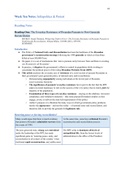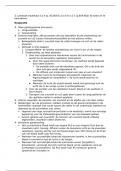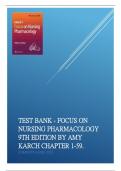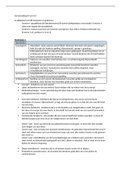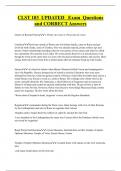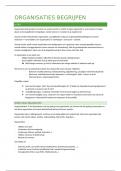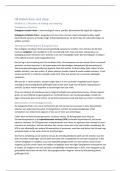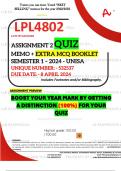Samenvatting
Summary Politics: Africa Week Ten Reading and Lecture Notes: Infrapolitics & Protest
- Vak
- Politics: Africa
- Instelling
- Universiteit Leiden (UL)
A sumary of - Susan Thomson, Whispering Truth to Power: The Everyday Resistance of Rwandan Peasants to PostGenocide Reconciliation, African Affairs, 110/440 (2011), 439-456. - Optional reading 1: Why Infrapolitics Matters 77 - Optional reading 2: Infrapolitics and Mobilizations: A response ...
[Meer zien]
